Industrial News
-
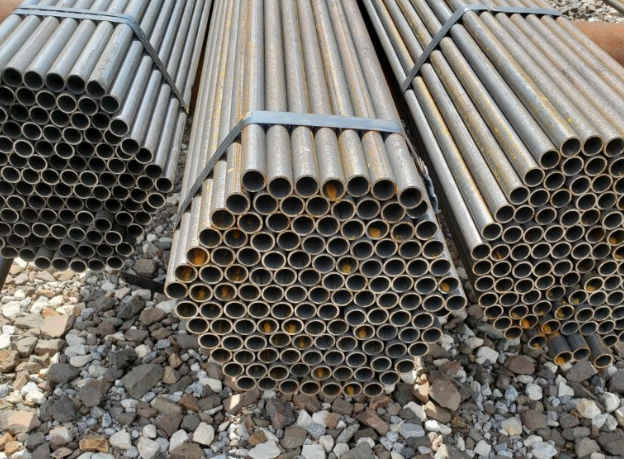
Matters needing attention when purchasing carbon steel tubes
With the continuous advancement of the global industrialization process, the demand for carbon steel tubes (cs tube) is increasing year by year. As a commonly used piping material, carbon steel tubes are widely used in many fields such as energy, construction, and chemical industry. However, when...Read more -
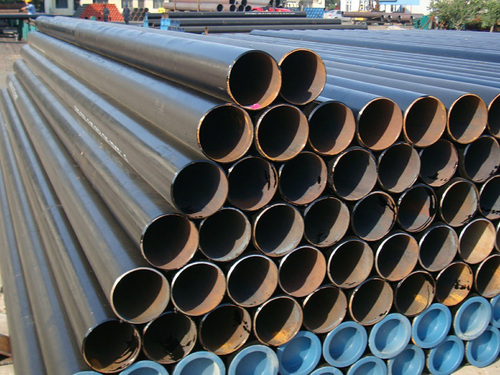
Main quality testing items and methods of seamless pipes
The main quality testing items and methods of seamless pipes: 1. Check the size and shape of the steel pipe (1) Steel pipe wall thickness inspection: micrometer, ultrasonic thickness gauge, no less than 8 points at both ends and record. (2) Steel pipe outer diameter and ovality inspection: callip...Read more -
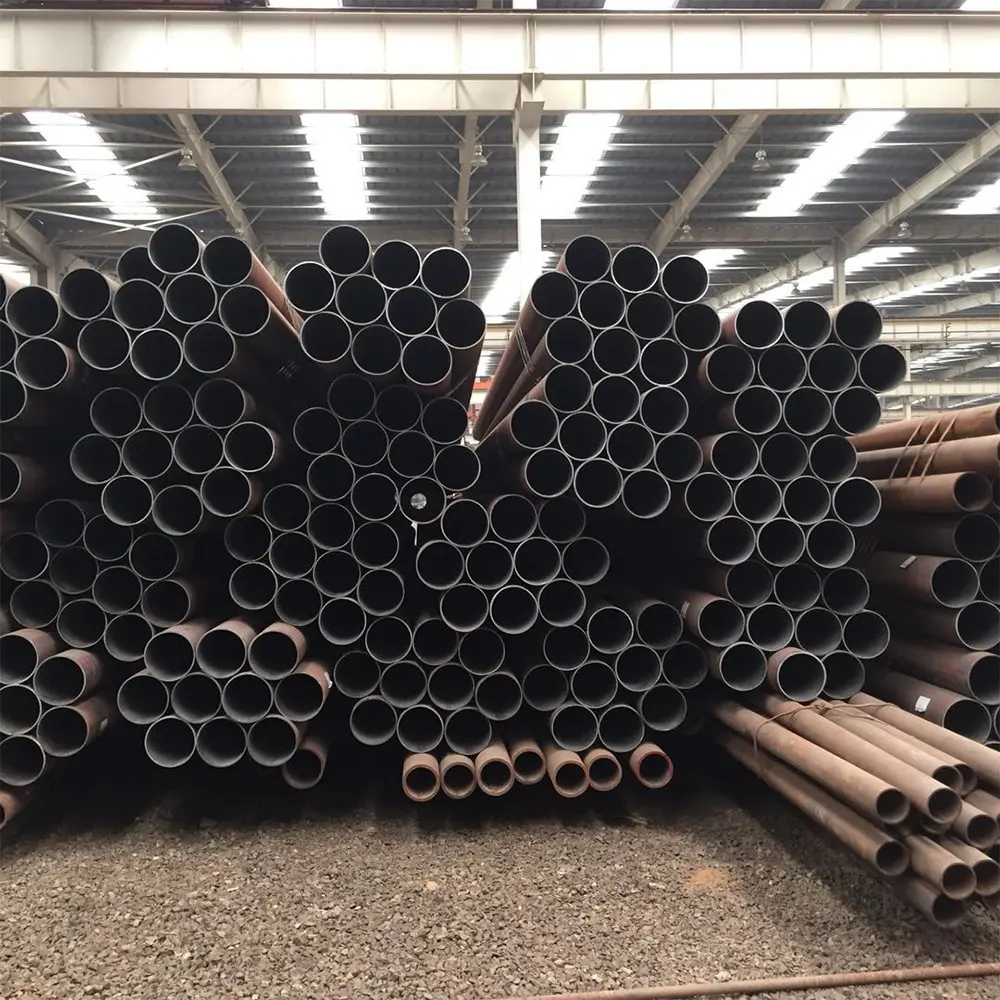
What are the steel pipe products around you?
Steel pipe products are indispensable and important products in today’s society, and they are widely used in various industries. 1. Qualification of steel pipe products The qualification of steel pipe products refers to whether the quality of steel pipe products meets the standards stipulat...Read more -
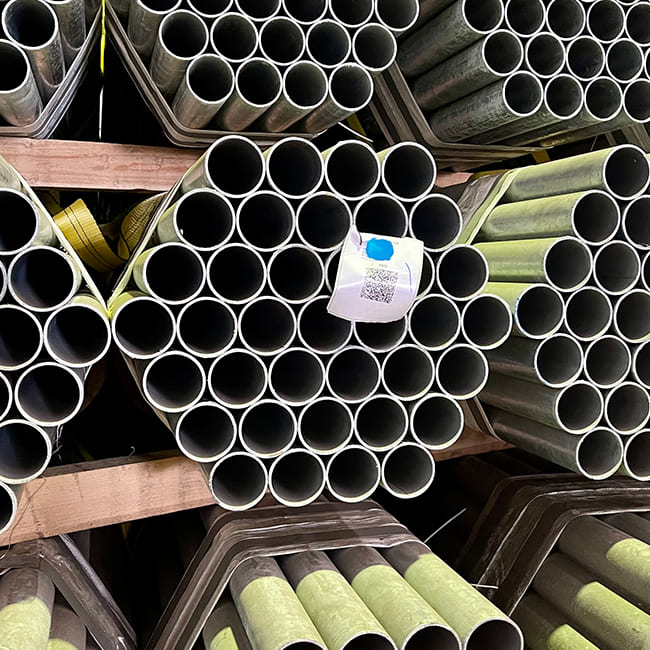
Carbon steel tube flaw detection method
Commonly used non-destructive testing methods for carbon steel tubes are: ultrasonic testing (UT), magnetic particle testing (MT), liquid penetrant testing (PT) and X-ray testing (RT). The applicability and limitations of ultrasonic testing are: It mainly uses the strong penetrability and good di...Read more -
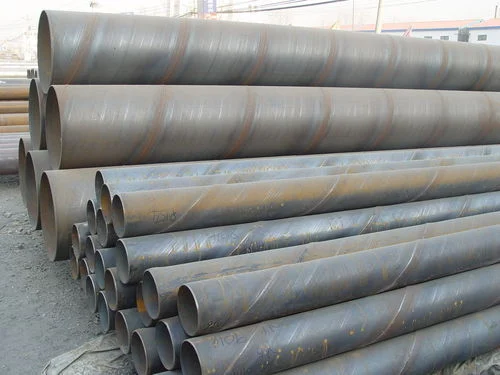
How to choose spiral pipe or seamless pipe?
When it comes to steel pipe selection, there are usually two options: spiral pipe and seamless pipe. While both have their own advantages, spiral steel pipe is usually more economical in terms of price. The production process of spiral steel pipe is relatively simple, mainly including forming, we...Read more -
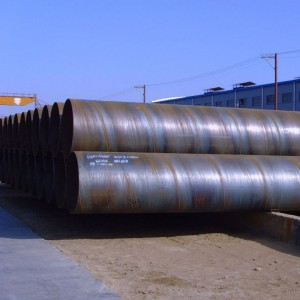
Classification and application of welded steel pipe
Welded steel pipe is a steel pipe in which the edges of steel plates or strip coils are welded into a cylindrical shape. According to the welding method and shape, welded steel pipes can be divided into the following categories: Longitudinal welded steel pipe (LSAW/ERW): Longitudinal welded steel...Read more
